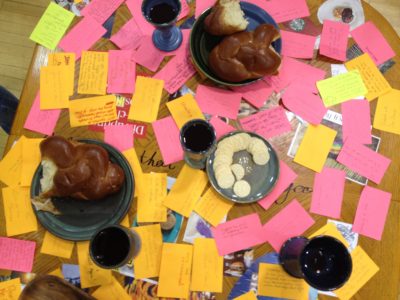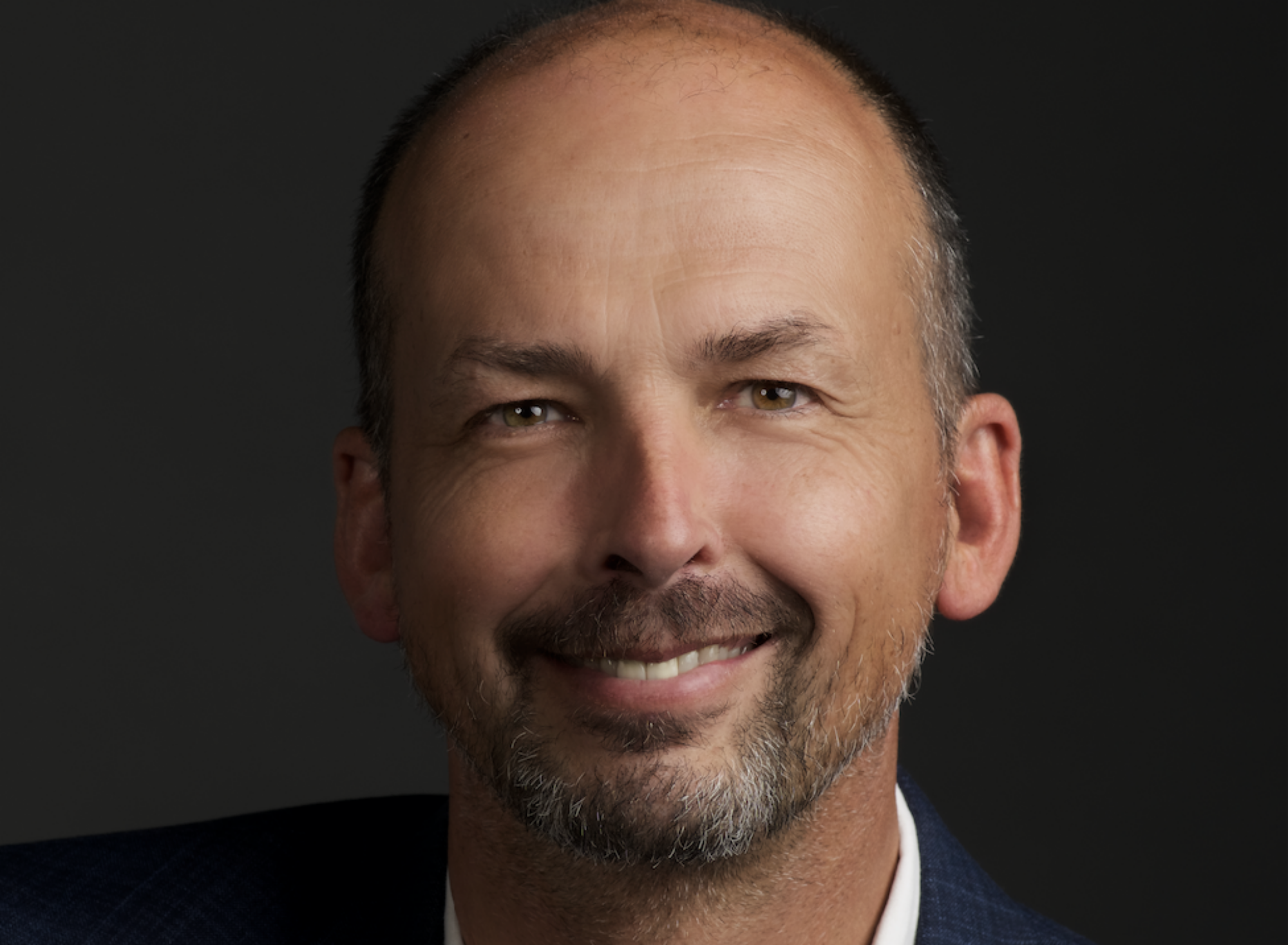It was six years ago that I met Glen Brown. Glen was a participant at a local workshop in Salt Lake City that I and a friend were offering on Participative Leadership. Glen is a really good human — I would come to know that many times over the next six years. What made him a good human in that moment was his honest question. He was thinking about his role in his United Church of Christ congregation — “Would it be crazy to think that you could help us redesign our annual meeting (for 180 people) to be more participative?” Glen was on the edge of an “aha” in asking the question — I could see it on his face.
In a long story made short, Glen and I struck up a friendship and colleagueship that I have loved and that has carried through to today. I met people through Glen — his pastor, Erin Gilmore, who also became a good friend and colleague. The three of us had curry together often. We designed and co-lead the Rocky Mountain Conference (ROMOCO) annual meeting in 2011. And in that ROMOCO design, Glen said something that helped create a narrative. “We need to “be” church. Not just in worship, but in the whole meeting.”
Glen was speaking a longing that was and is widely held by people in his faith community. He was speaking an underlaying operating principle about connection, and about sharing stories and asking questions together. You see, previously, the annual meeting was more about a keynote speaker and a business meeting at which budgets would be approved, resolutions passed, and officers elected. Those are all good things. But Glen was a voice for what was in many — the desire to be more than a group of people administratively connected. He wanted real human to human curiosity as church.
This last weekend, I was able to work with another group of people, the Central Pacific Conference (CPC) of the United Church of Christ. They were at the point where ROMOCO was five years ago with their annual meeting. They wanted it to be more participative. The wanted not just an event, but a launch of a new way of being together. Being church.
I love the photo below, used for communion with the CPC. The postit notes are intentions set by participants in our participative process, that were then used in worship.

Working with a great team over six months, we built a good foundation and then hosted a group of 120 in participative format for a weekend. Just like five years ago with ROMOCO, and with Glen in my mind, we encouraged the participants to think of the whole meeting as worship, not just communion at the end. Worship is partner conversations. Worship is small table conversations. Worship is quiet journaling. Worship is the business meeting. Worship is self-organized working groups. Worship is meals together.
I gush a bit to think of how well all of this landed in the whole of the group at this CPC annual meeting. The appreciation was very apparent. For our facilitation. For our leadership. And, I think most of all, for an awakened imagination of being church — now ready to take on so much more together. Yes, that’s pastors, clergy, lay leaders, old guard, new ministries — stirred and awakened to another layer of imagination of being church.



